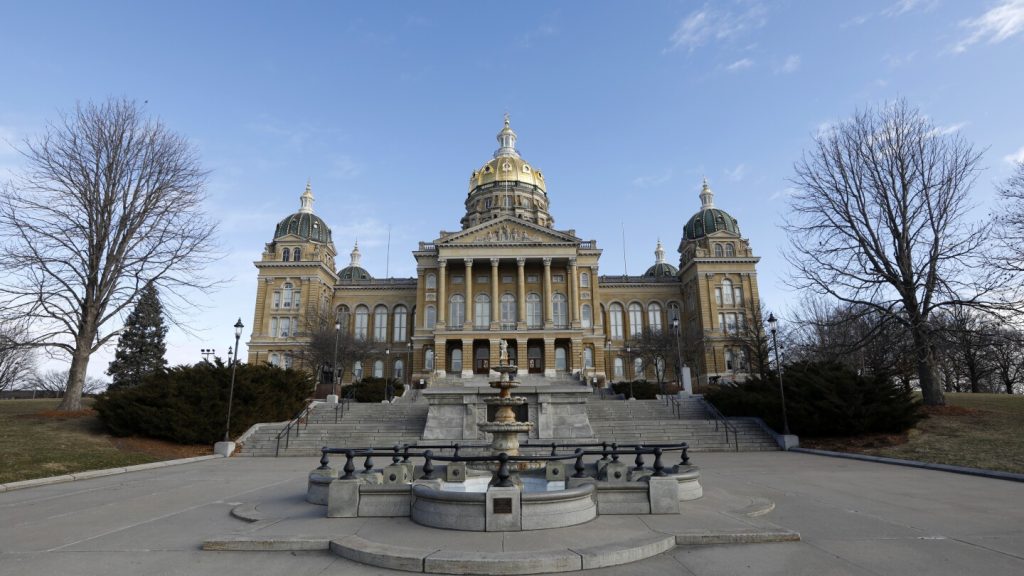Iowa voters are gearing up for primaries on Tuesday, after the state’s presidential caucuses. The race in the 3rd Congressional District is crucial, with Democratic contenders Lanon Baccam and Melissa Vine vying to unseat Republican incumbent Zach Nunn. This district is competitive and could determine control of the U.S. House in November. Iowa’s 1st and 4th Congressional Districts also have primaries, with incumbents facing challenges from the right. Ultimately, these races will impact the balance of power in Congress.
In the state legislature, nearly two dozen contested primaries are taking place, mostly on the Republican side. Half of the state Senate seats and all 100 state House seats are up for election in November. Republicans currently hold a stronghold on Iowa’s state government, with a Republican governor and majorities in the state Senate and House. Tuesday’s primaries will provide a glimpse into the political landscape of Iowa leading up to the general election in November.
Primary day in Iowa will see races for the U.S. House, state Senate, and state House. Contested races in the 1st, 3rd, and 4th Congressional Districts will be closely watched, along with state House District 34. Only voters registered with a party can participate in that party’s primary, although party affiliation can be changed on the day of the primary. Results in these races will shed light on the mood of Iowa voters ahead of the November election.
Key counties to watch in the 3rd Congressional District primary include Polk, the district’s Democratic base, and rural counties that leaned Republican in the 2022 general election. In the 1st District, Johnson County and Scott County will be crucial, while the 4th District’s largest sources of votes come from Story, Woodbury, Pottawattamie, and Sioux Counties. The winner in these races must secure at least 35% of the vote, with nominees chosen at party conventions if the threshold isn’t met.
Iowa’s voter turnout and advance vote percentages will be examined closely. As of May 1, there were about 2.2 million registered voters in Iowa, with Democrats comprising 30%, Republicans 35%, and independents 35%. In the 2022 primaries, turnout was low, with about 7% in the Democratic primary and 9% in the Republican primary. Additionally, early voting has been significant, with 42% in the Democratic primary and 58% in the Republican primary casting their ballots before primary day.
Vote-counting in Iowa is expected to be efficient, as seen in the 2022 primaries where results were reported quickly after polls closed. Candidates have the option to request and pay for a recount if the margin is within certain parameters. The November general election is 154 days away, and the outcome of Tuesday’s primaries will set the stage for the political climate in Iowa leading up to the decisive November elections.


